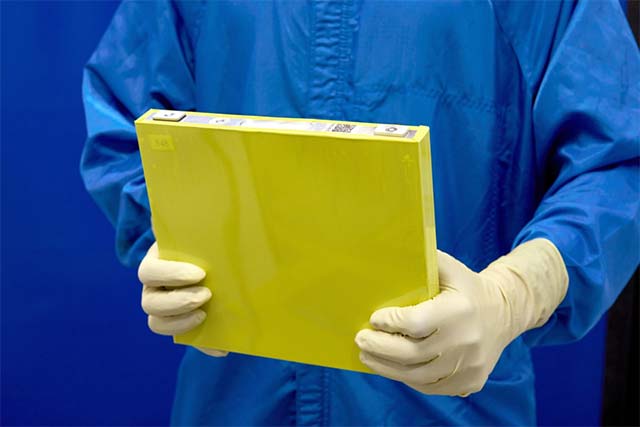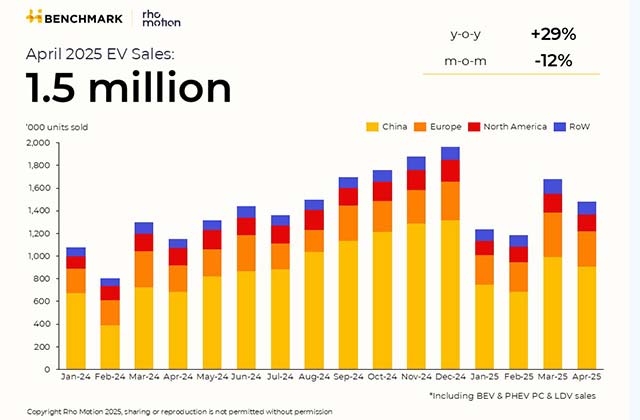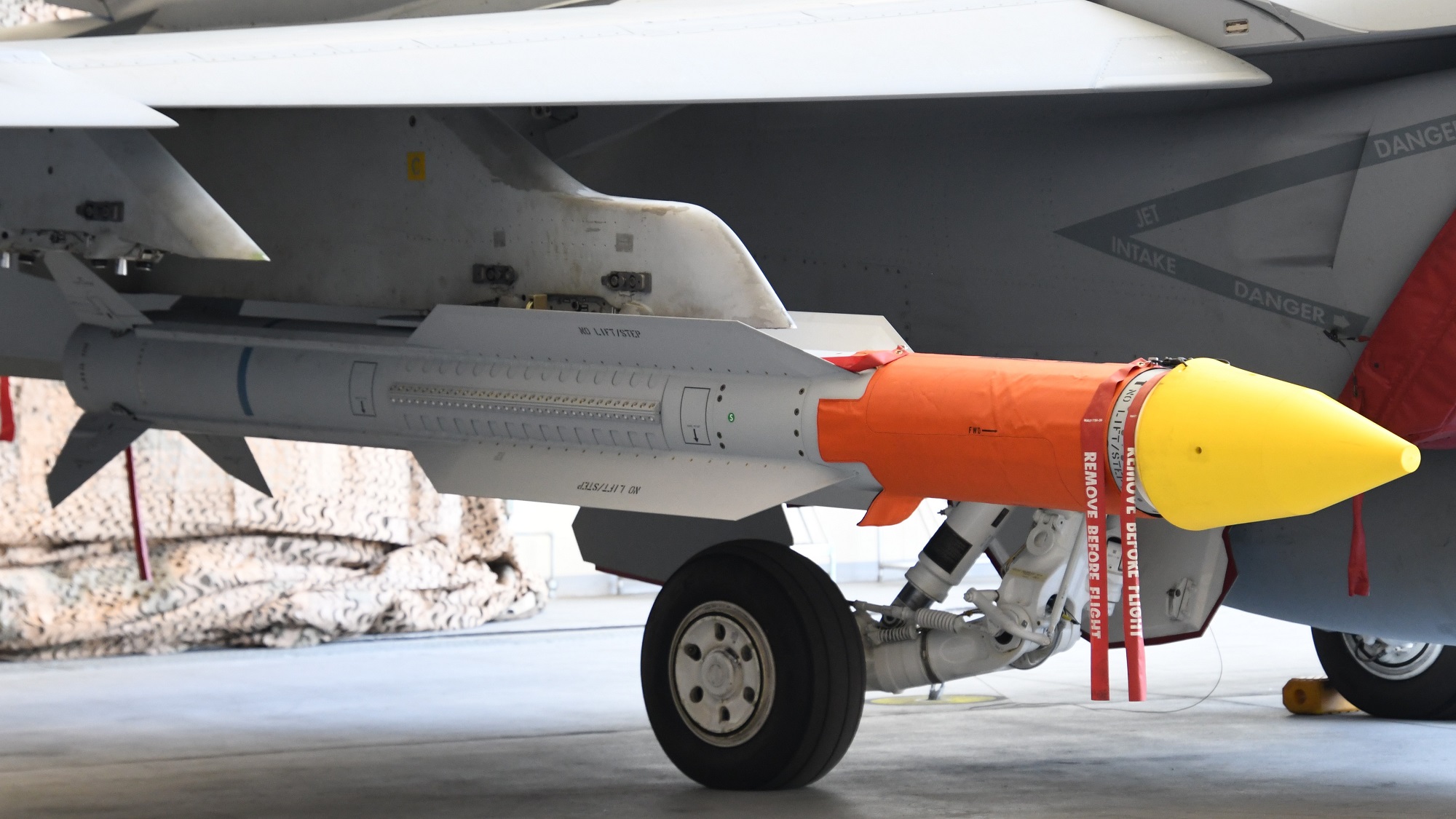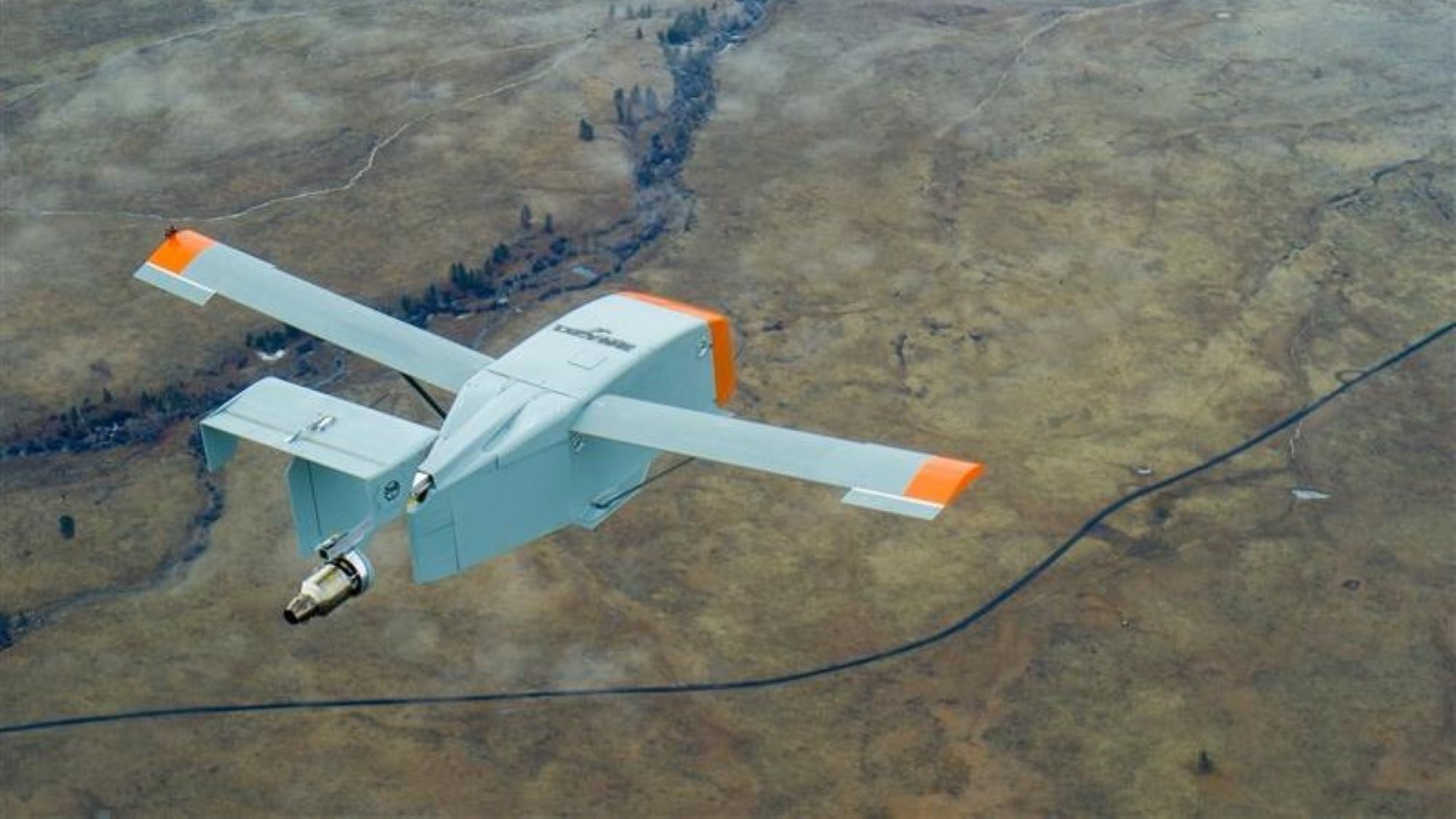Tailoring the First/Second Coordination Layer of FeNi Single Atoms with Nucleophile Atoms to Boost Oxygen Electrocatalysis for Zinc‐Air Batteries
Advanced Energy Materials, EarlyView.

Coordination environment modulation is a pivotal strategy in enhancing the catalytic efficiency of single-atom catalysts for zinc-air batteries. Like a spider web, a first/second coordination layers co-regulation strategy is designed in this work and a shell coupling effect is proposed, which can enlarge the active region, and provide higher selectivity for the transformation of oxygen intermediates.
Abstract
Single-atom catalysts (SACs) have been increasingly explored to boost ORR/OER kinetics in zinc-air batteries (ZABs). Accurate construction of coordination environments for metal central atoms is the key to maximizing their catalytic performance. Here, a meticulous first/second coordination layer co-tuning strategy is proposed to construct a diatomic FeNi-S/N-B/C configuration with a high coordination number. Theoretical simulations and experiments have together demonstrated that the introduction of S in the first coordination layer breaks the symmetric configuration, resulting in faster ORR kinetics. Besides, the establishment of B-N pi coordination bonds has been shown to enhance the carrier concentration whilst facilitating the ingress of B into the second shell layer of the central metal atoms. It results in exacerbated electron delocalization of catalysts toward superior ORR and OER kinetics, as well as allowing for the immobilization of the central metal atoms under the attack of the oxygen electrocatalytic intermediates. The ZAB using FeNi-S/N-B/C catalysts exhibits high peak power density (246 mW cm−2), long cycle life (>650 h) and the potential to operate in extreme environments (−25 °C) with wearable energy supply. The first/second coordination layer co-tuning strategy proposed in this study will provide new ideas for the design of SACs.


















































































































































